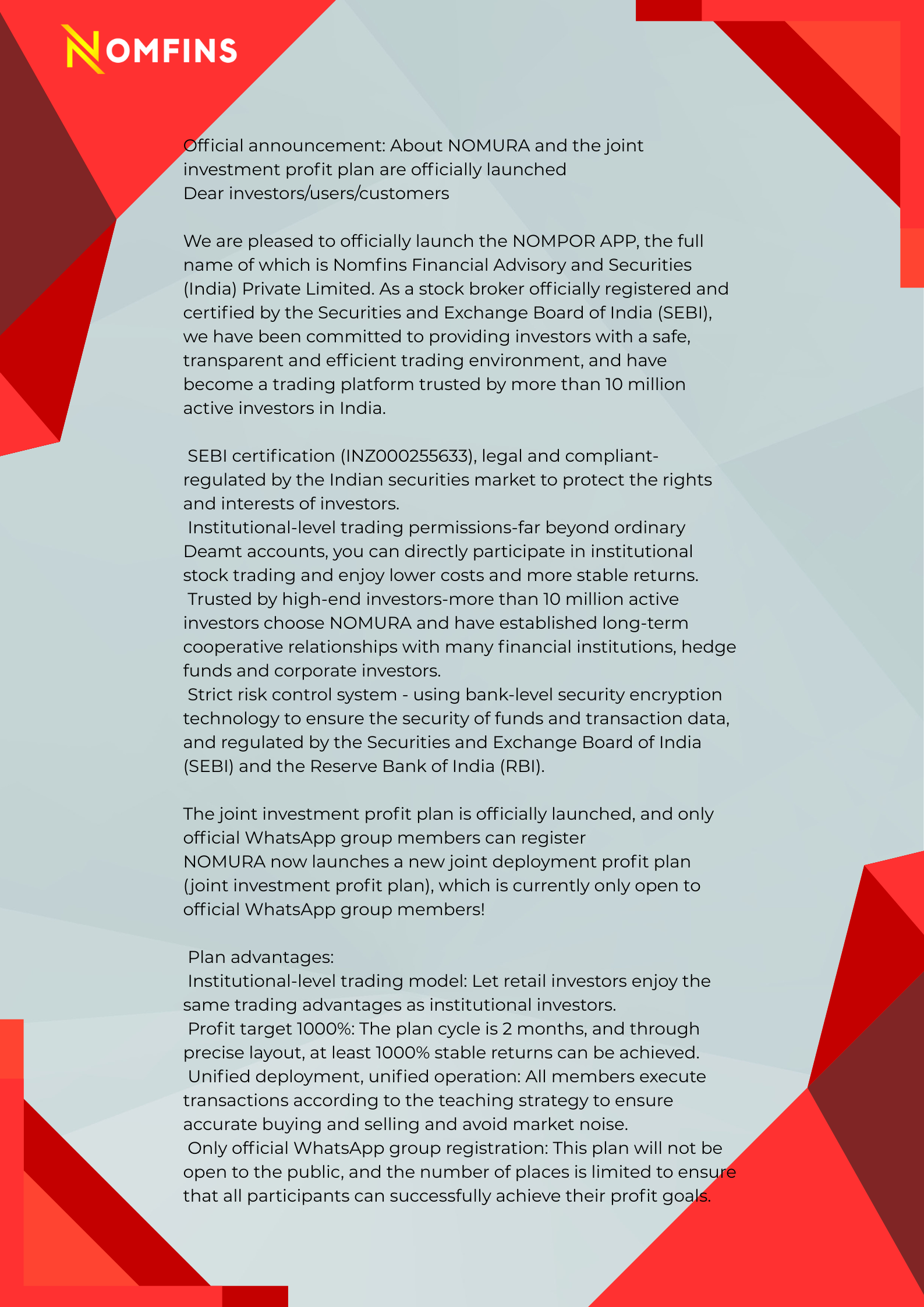Overview
Tariffs are expected to push up prices not only on imported finished goods but also on domestically produced goods through supply chain effects, creating a significant cost-push inflation shock. Using an Input-Output table analysis, the report estimates both the magnitude and composition of this shock.
Key Insights
1. Inflation Impact Model:
- The model assesses direct tariff impacts on imported goods and indirect effects on domestic goods prices via inter-industry transactions.
- Core goods prices are much more sensitive to tariffs than services, but there is wide variation among goods. For example, new vehicle prices are highly sensitive, impacted by tariffs on both finished cars and parts.
2. Scenario Analysis:
- Tariff increases modeled at 10%, 20%, and 33% correspond to moderate, base, and aggressive cases.
- Under the base case (20% tariffs), core PCE inflation is expected to rise by 1.4 percentage points, with 40% of this impact stemming from higher production costs domestically.
- Price increases would largely materialize in Q2 and Q3 of this year due to rapid tariff implementation.
3. Spillover Effects:
- Tariffs may cause domestic producers to raise prices beyond direct cost increases, especially in goods like used vehicles, which follow new vehicle price trends despite no direct tariff impact.
- Service prices could also rise modestly due to higher input costs, spreading inflation beyond just goods.
4. Inflation Outlook:
- Core PCE inflation is projected to reach 3.6% y-o-y by December 2025 under the base scenario, with the aggressive scenario pushing it to 4.5% and the moderate to 3.1%.
- This surge could cause inflation expectations to become unanchored, risking more persistent inflation pressures.
5. Uncertainties and Risks:
- Retailers’ ability to absorb costs and the pass-through of tariffs remain uncertain.
- Supply chain disruptions, not fully captured in the model, could amplify inflation (e.g., semiconductor shortages in 2021-22).
- On the other hand, reduced demand due to higher prices could dampen inflation, potentially leading the Fed to reconsider rate hikes if inflation falls short post-shock.
Conclusion
Tariffs represent a significant risk for an inflation spike that may extend beyond a one-off event. Monitoring the composition of inflation and spillover into domestic prices will be key to understanding the medium-term inflation outlook and guiding Fed policy.

